
Digital Dentistry
Digital dentistry is the use of computer-based tools and technologies to perform dental procedures, diagnose conditions, and treat patients. Digital dentistry can impact every aspect of a patient's dental experience, from the initial check-in to the follow-up visit.
Some examples of digital dentistry tools include:
- Intraoral cameras
- 3D imaging
- 3D printing
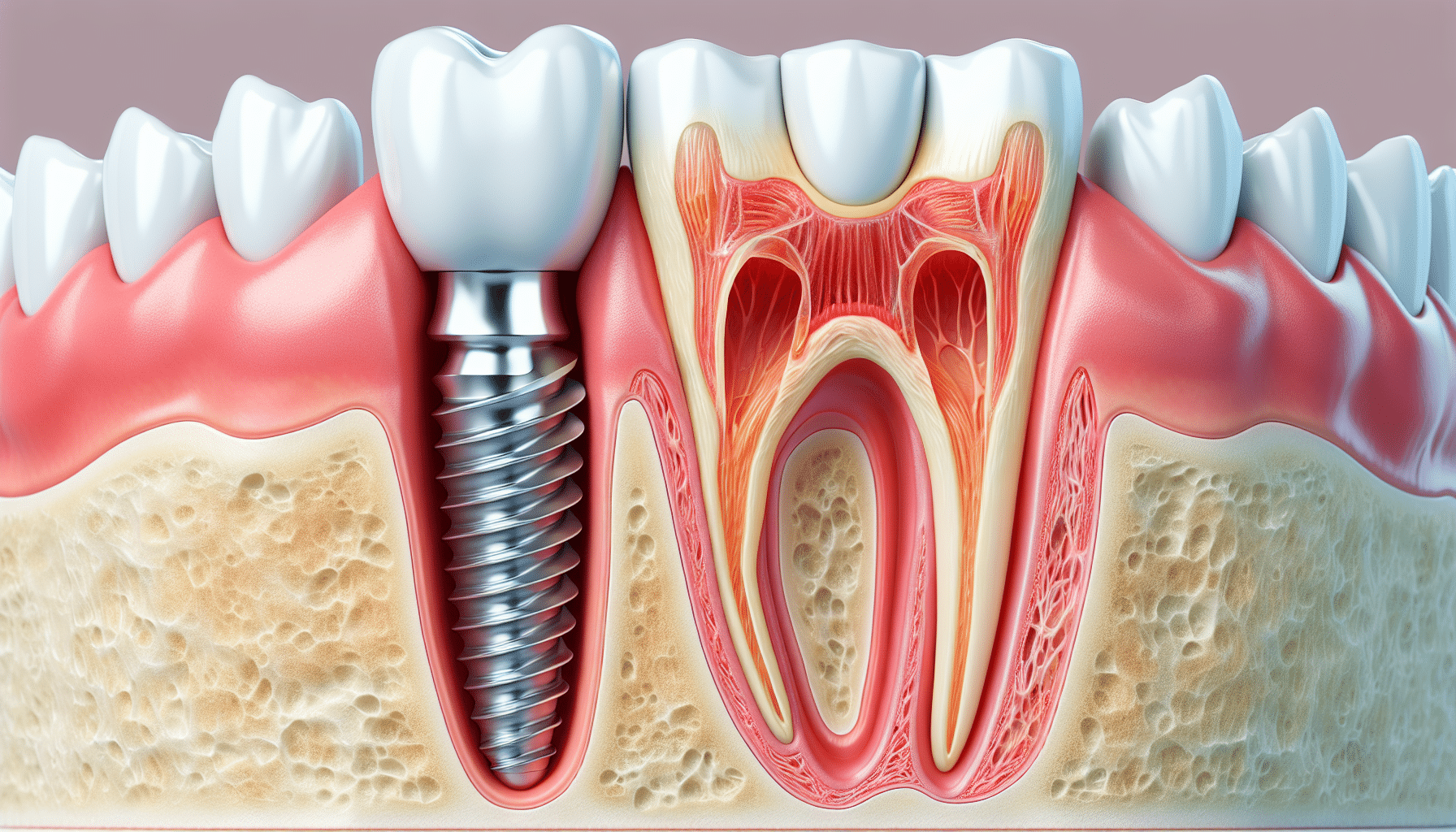
Dental Implant
Dental implant surgery replaces tooth roots with metal, screwlike posts and replaces damaged or missing teeth with artificial teeth that look and work much like real ones. Dental implant surgery can be a helpful choice when dentures or bridgework fit poorly. This surgery also can be an option when there aren't enough natural teeth roots to support dentures or build bridgework tooth replacements.
Dental implants may be right for you if you:
- Have one or more missing teeth.
- Have a jawbone that's reached full growth.
- Have enough bone to secure the implants or can have a bone graft.
- Have healthy tissues in your mouth.
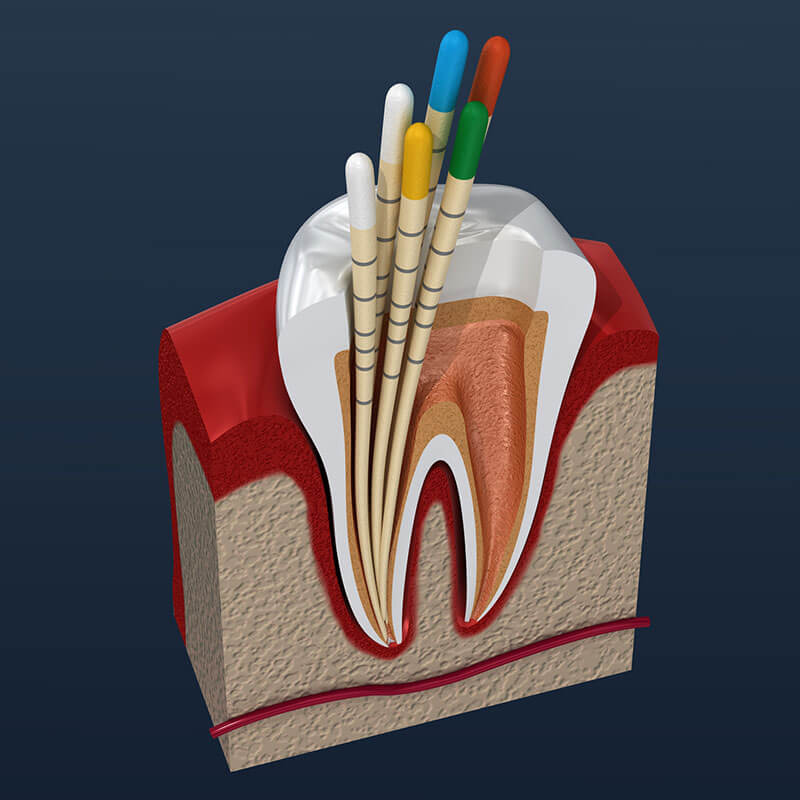
Root Canal Treatment - Painless / Single Sitting
A root canal treatment is a dental procedure to remove inflamed or infected pulp on the inside of the tooth which is then carefully cleaned and disinfected, then filled and sealed. Root canal treatment is designed to eliminate bacteria from the infected root canal, prevent reinfection of the tooth and save the natural tooth.
Symptoms
- Severe pain while chewing or biting
- Pimples on the gums
- A chipped or cracked tooth
- Swollen or tender gums
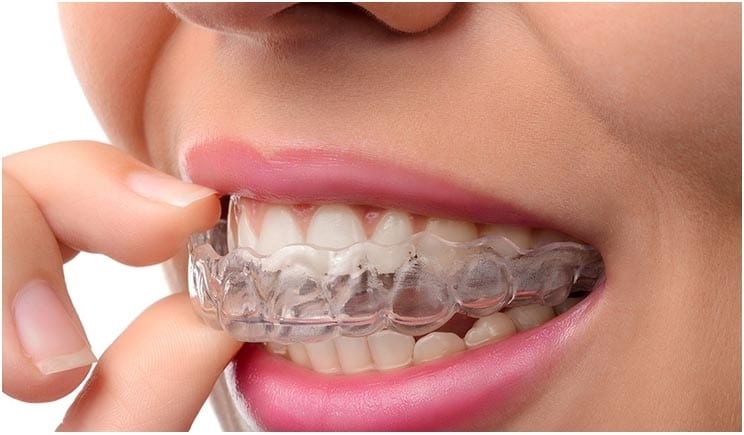
Aligner
Aligners, also known as clear aligners or Invisalign, are a series of custom-made, removable, and nearly invisible trays that gradually move teeth into a desired position. Aligners are an alternative to traditional braces and are made of a strong, clear plastic or acrylic material. They work by applying gentle, consistent pressure to the teeth, which is transferred to the jawbone, causing the sockets to move.

Denture
Dentures are removable false teeth made of acrylic (plastic), nylon or metal. They fit snugly over the gums to replace missing teeth and eliminate potential problems caused by gaps. Gaps left by missing teeth can cause problems with eating and speech, and teeth either side of the gap may grow into the space at an angle.
Types of Dentures:
- Acrylic Dentures
- BPS Dentures
- Flexible Dentures
- Implant Dentures

Dental Check-up
A check-up allows your dentist to see if you have any dental problems and helps you keep your mouth healthy. Leaving problems untreated could make them more difficult to treat in the future, so it's best to deal with problems early, or, if possible, prevent them altogether. Generally, the lower your risk of dental problems, the longer you can wait before your next check-up. So people with good oral health will probably need to attend only once every while.
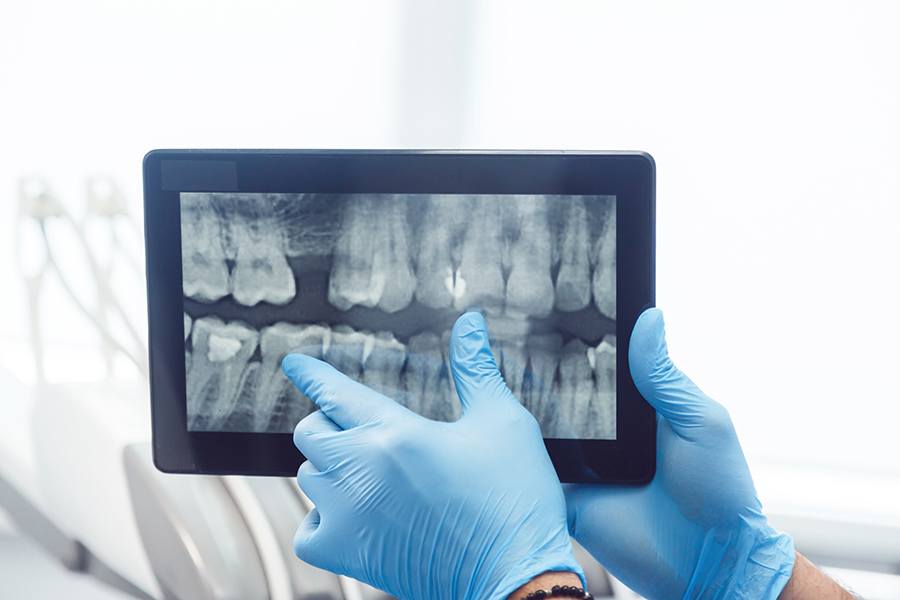
Digital X-Ray
Digital X-rays, also known as digital radiography, are a type of X-ray imaging that dentists use to create images of a patient's mouth. They are a more modern alternative to traditional X-rays, which use film, and offer several advantages:
Digital X-rays can be taken inside or outside the mouth, and are used to detect a variety of issues, including:
- Tooth decay.
- Bone loss.
- Abscesses or cysts.
- Cancerous and non-cancerous tumors
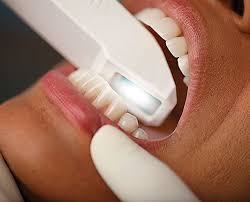
Digital Scanning
A dental scanner, also known as an intraoral scanner, is a digital device used by dentists and dental professionals to create 3D digital impressions of a patient’s teeth and oral structures. At Ancells Farm Dental this technology has largely replaced traditional, messy, and uncomfortable methods of taking physical impressions using dental moulds and putty.
Key features and functions of digital dental scanners include:
- Digital Impressions.
- Real-Time Feedback.
- Convenience.
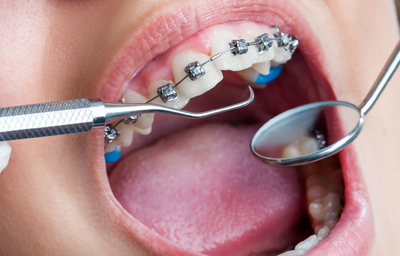
Orthodontics Treatment
Orthodontic treatments include braces, clear aligners, and retainers. The exact treatment depends on the problem, but it usually involves wearing braces for 12 to 18 months. After treatment, you'll need to wear a removable retainer to keep your teeth in place for at least 12 months.
Benefits
- Straighten teeth.
- Close gaps between teeth.
- Align lips and teeth.
- Reduce the risk of cavities, gum disease, and excessive wear .
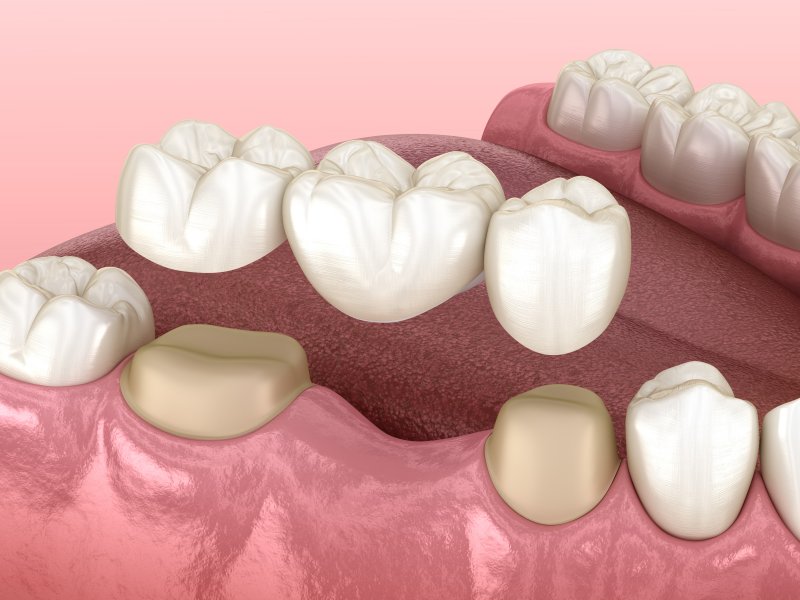
Crown and Bridge
Dental crowns and bridges are very common procedures performed in the dental office. Their general purpose is to restore a tooth or teeth back to full chewing function. Crowns and bridges are different in many ways, and because bridges involve the use of crowns, we will describe a single crown first.
Dental Experts may recommend Crown and Bridge to
- Protect a weak tooth from breaking, or hold together segments of a cracked tooth
- Restore an already damaged tooth
- Replace a large filling when there is not enough tooth remaining
- Cover a dental implant
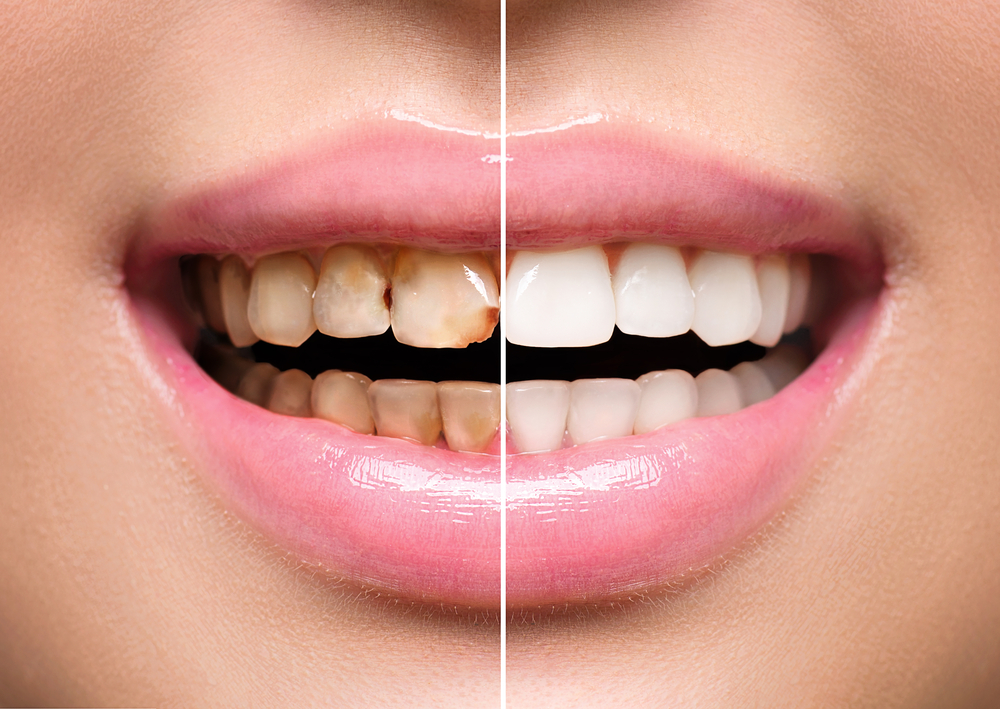
Bleaching of Teeth
Whitening of Teeth
Teeth whitening refers to a variety of processes that aim to make someone’s natural teeth appear brighter and whiter. Teeth whitening methods include sanding down stains, bleaching, ultraviolet (UV) light therapy, and more. If you aren’t sure which kind of staining you have, consider consulting your dentist. They can advise you on the type of stains on your teeth and which method might work best.
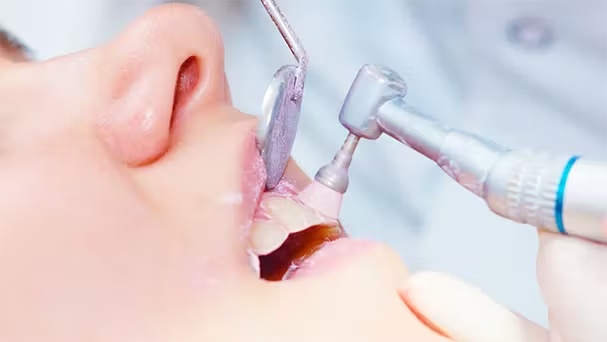
Scaling and Polishing
Dental scaling and polishing is the removal of plaque and tartar deposits built up on the teeth and the polishing of the smooth surfaces of the teeth. This procedure is conducted during routine cleaning (prophylaxis) at a visit to the dentist.
Dental scaling and polishing are procedures that take place during a regular visit to the dentist for prophylaxis. Scaling is a non-surgical procedure of removing dental plaque and calculus on the teeth. A slow speed hand tool polishes teeth to make them shiny and smooth. These procedures are useful for anyone but particularly useful to those with periodontal disease.
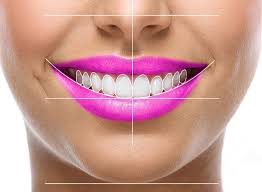
Smile Design or Smile Makeover
Cosmetic dentistry can enhance more than just your appearance. Having a smile you love increases your confidence and can do wonders for your self-esteem.
Smile design is a cosmetic dental procedureThis link opens Cosmetic Dentistry page that corrects teeth imperfections and restores your dental health and appearance. It involves a customized treatment and long-lasting results for a straighter, whiter, and natural-looking smile.

Tooth Colored Restoration
If you have crooked, worn, discolored, damaged, or unhealthy teeth, your dentist may recommend tooth or dental restoration. There are several different types of tooth restoration you may wish to consider.
Tooth restoration can restore the natural function of your teeth, plus prevent additional damage from decay. These procedures can also restore the look of your teeth and can be beneficial for cosmetic reasons.
Types of Tooth restoration
- Composite
- GIC
- AG-HG
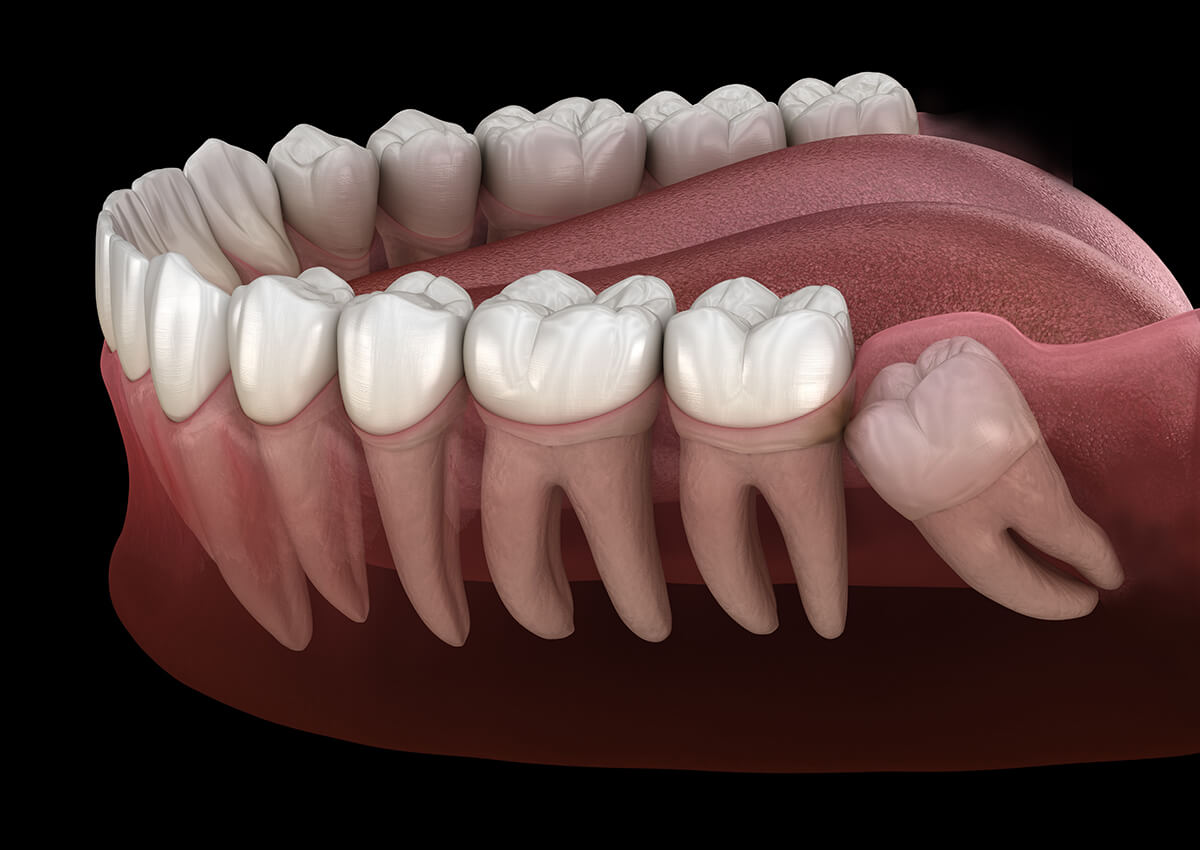
Wisdom Tooth Surgery
Wisdom tooth extraction, also called removal, is a surgical procedure to take out one or more wisdom teeth. These are the four permanent adult teeth located at the back corners of your mouth on the top and bottom.
If a wisdom tooth, also known as a third molar, doesn't have room to grow, it can become impacted. If an impacted wisdom tooth causes pain, infection or other dental problems, you'll likely need to have a dentist or an oral surgeon remove it. Some dentists and oral surgeons recommend removing your wisdom teeth, even if they aren't causing problems. That's because these teeth can lead to problems later in life.

Child Dentistry
Pediatric dentists are dedicated to the oral health of children from infancy through the teen years. They have the experience and qualifications to care for a child’s teeth, gums, and mouth throughout the various stages of childhood.
Without proper dental care, children face possible oral decay and disease that can cause a lifetime of pain and complications. Early childhood dental caries—an infectious disease—is 5 times more common in children than asthma and 7 times more common than hay fever. About 1 of 5 (20%) children aged 5 to 11 years have at least one untreated decayed tooth.
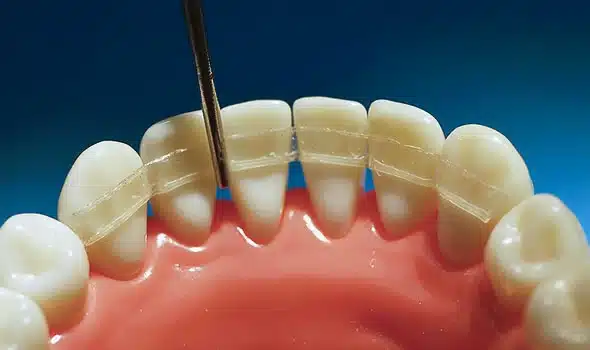
Fixation of Mobile Teeth
Splinting of Teeth
Tooth splinting is a dental procedure that involves using a special material to connect loose teeth and stabilize them. Splints can be used to treat a variety of dental issues, including loose teeth, trauma, and temporomandibular joint (TMJ) disorders.
Why is tooth splinting used?
- Loose teeth
- Trauma
- TMJ disorders
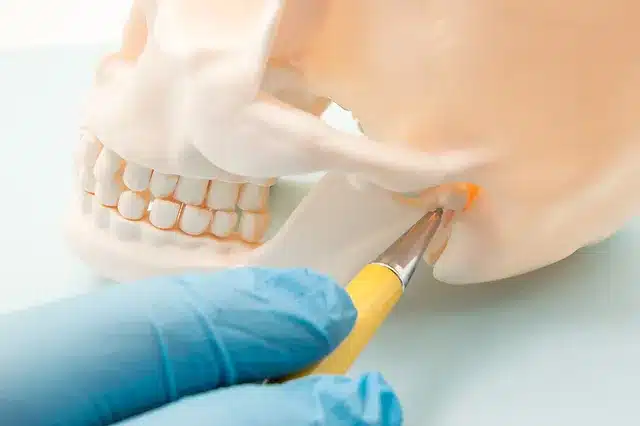
Jaw Fracture Treatment
Broken lower jawbones are painful and may affect your breathing. You need immediate medical care if you break your jaw. You can break your jaw if someone hits you or by being in a vehicle accident. You may need surgery if you have a severe fracture. Mild fractures heal on their own. Either way, you’ll be on a liquid diet until your jaw heals.
If you have a broken jaw, you also may notice that:
- Your nose or mouth is bleeding.
- Your jaw or cheek is bruised.
- Your jaw or cheek is swollen.
- You have trouble breathing.
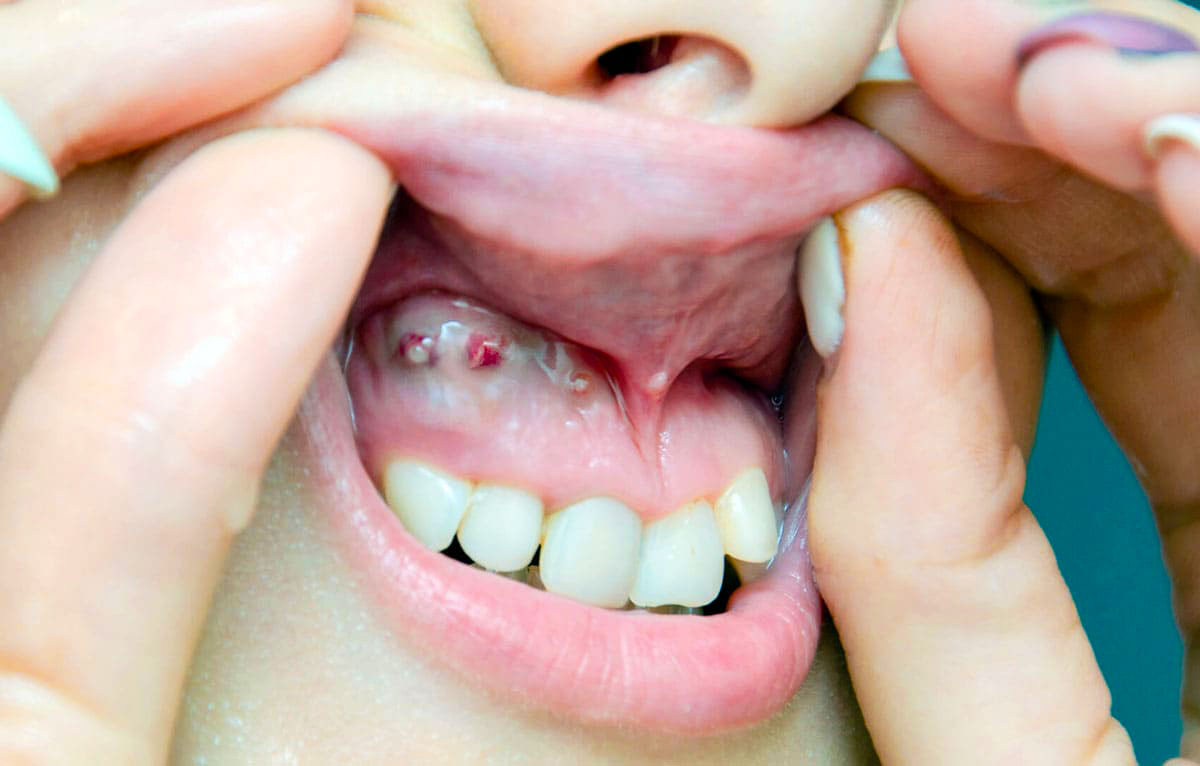
Dental Cyst Surgery
Dental cysts grow slowly in and around the teeth. You often find them forming in the gums near crowns, on the tips of the roots of dead teeth, pre-emergent molars and teeth which are not healthy. It can be months or even years before patients are aware they have dental cysts as, until they become infected, there is no pain associated with their growth.
A dentist will rarely discover a dental cyst from a physical dental check-up, as they are generally not visible. Thankfully, today X-rays form a major part in dental check-ups, and this is where the dentist or surgeon will spot the presence of dental cysts, as they will show up as dark patches on the dental X-ray.
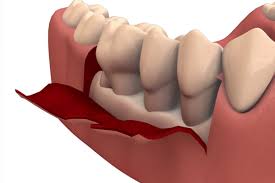
Flap Surgery(Pirahoea Treatment)
Flap surgery, also known as periodontal flap surgery or gum surgery, is a dental procedure designed to treat advanced gum disease (periodontitis) and improve the health of the gums and underlying bone. This surgical approach involves creating a "flap" of gum tissue to access the roots of teeth and the underlying bone for thorough cleaning and treatment.
Here are the common indications for flap surgery:
- Deep Pocket Formation
- Gum Recession and Bone Loss
- Infection and Abscess Formation
- Persistent Inflammation
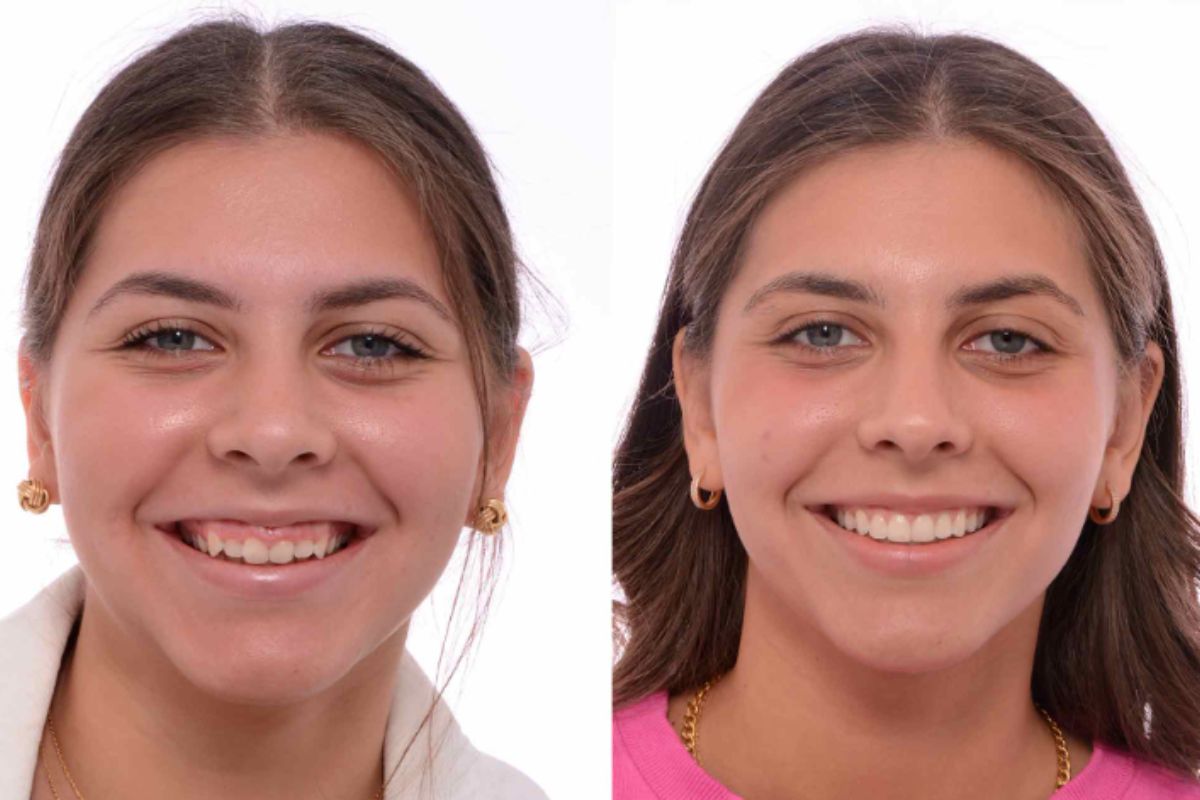
Gummy Smile Correction
A Gummy smile in terms refers to a condition when there is an excessive display of gums (gingival) while smiling. Normally 2/3rd to 3/4th of the upper teeth should be visible while smiling and the rest should be covered by the upper lip. In case the gum show is more ( 2 to 3 mm) while speaking or smiling it gives an unaesthetic appearance. Usually, patients who visit dentists for gummy smile correction are concerned about their smile looking unpleasant or less attractive. Mostly we seek patients after orthodontic treatment to get their perfect smile.
There is no consensus as to how much gingiva will display at smiling is considered gummy. a distillation of various studies shows that gums display greater than 2 millimeters academically is considered to be gummy.
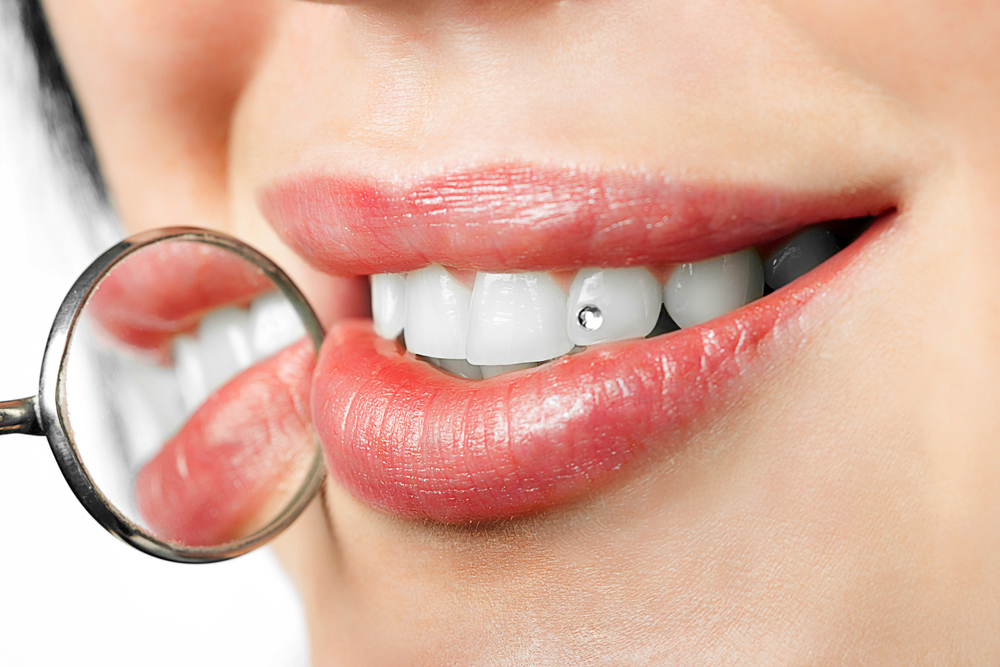
Dental Jewellery
Keeping better oral health along with white teeth is always better for every individual to make a smile better. Many people must know the different types of crowns used for a tooth. These crowns are used mostly to make the teeth stable and strong.
Tooth jewellery is set on the front of the tooth to give an adornment look to it. This gives a fashionable and unique look to your smile that can describe your style. There are several ranges of tooth jewellery that one can opt for. In tooth jewellery, a gem or tooth jewel is bonded on the tooth to make it look attractive.
Tooth jewellery will remain on your tooth until you choose to keep it. In general, these tooth jewellery can last from 2 to 4 years.


